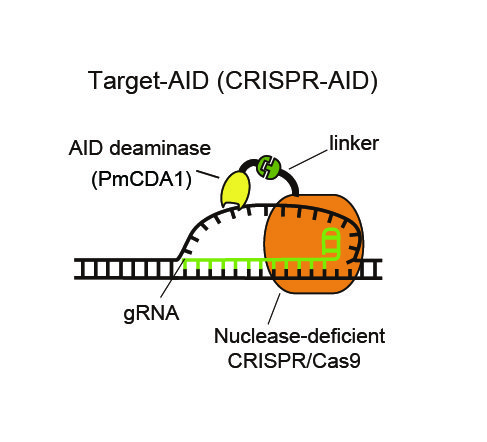
Figure 1. Molecular mechanism of Target-AID
Deaminase is attached by a linker to nuclease –deficient CRISPR/Cas9. Guide RNA recognizes the DNA sequence of target genome and the deaminase modifies the base of the unwound DNA
Genome editing — which can directly manipulate the genome information of various organisms without leaving an artificial strand — has seen rapid progress in recent years and it is gradually becoming a revolutionary tool in fields ranging from life sciences to advanced medical research.
Known to be highly effective, genome editing using ‘artificial nuclease’ (1) aims to cut the DNA at the target point and to modify the gene while it is repaired. As this method is efficacious in biological materials for which genetic operation was difficult, it has been used mainly for higher eukaryotes such as animals and plants.
However, a major issue with this method has been the uncertainty of inducing the intended mutation and ‘cytotoxicity’ (2) caused by splitting of chromosomes.
In the present research, researchers demonstrated that it is possible to modify genetic function by inducing target ‘point mutation’ (3) at a highly efficient rate (Figure 2). The point mutation was induced by forming a synthetic complex (Figure 1) through removal of nuclease activity from the CRISPR system — a technique using artificial nuclease — and addition of deaminase, a deaminizing (
The present technique can realize a more diverse,


